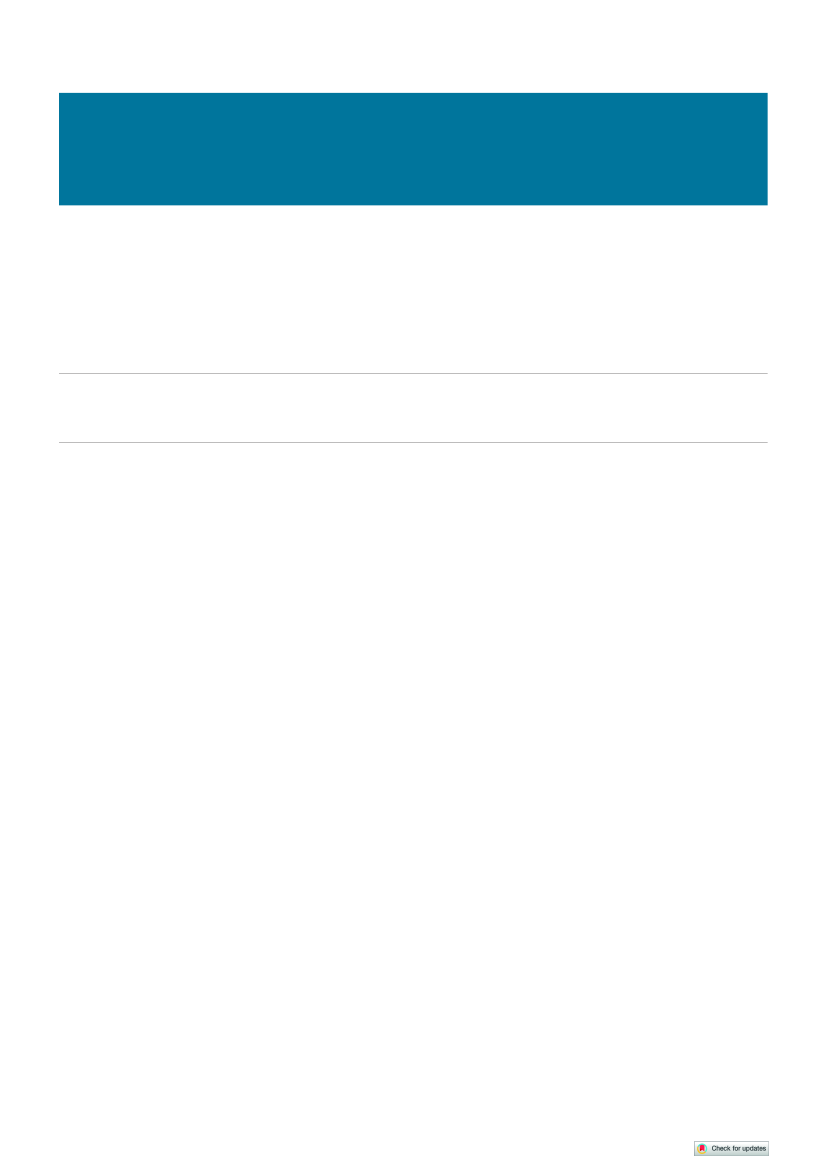
Rapid communication
Preliminary report of an outbreak of SARS-CoV-2 in
mink and mink farmers associated with community
spread, Denmark, June to November 2020
Helle Daugaard Larsen¹ , Jannik Fonager¹ , Frederikke Kristensen Lomholt¹ , Tine Dalby¹ , Guido Benedetti¹ , Brian Kristensen¹
, Tinna Ravnholt Urth¹ , Morten Rasmussen¹ , Ria Lassaunière¹ , Thomas Bruun Rasmussen¹ , Bertel Strandbygaard¹ , Louise
Lohse¹ , Manon Chaine¹ , Karina Lauenborg Møller¹ , Ann-Sofie Nicole Berthelsen¹ , Sarah Kristine Nørgaard¹ , Ute Wolff
Sönksen¹ , Anette Ella Boklund² , Anne Sofie Hammer² , Graham J. Belsham² , Tyra Grove Krause¹ , Sten Mortensen³ , Anette
Bøtner
1,2
, Anders Fomsgaard¹ , Kåre Mølbak
1,2
1. Statens Serum Institut, Copenhagen, Denmark
2. Department of Veterinary and Animal Sciences, Faculty of Health and Medical Sciences, University of Copenhagen,
Copenhagen, Denmark
3. Department of Animal Health, Danish Veterinary and Food administration, Copenhagen, Denmark
Correspondence: Helle Daugaard Larsen ([email protected])
Citation style for this article:
Larsen Helle Daugaard, Fonager Jannik, Lomholt Frederikke Kristensen, Dalby Tine, Benedetti Guido, Kristensen Brian, Urth Tinna Ravnholt, Rasmussen Morten,
Lassaunière Ria, Rasmussen Thomas Bruun, Strandbygaard Bertel, Lohse Louise, Chaine Manon, Møller Karina Lauenborg, Berthelsen Ann-Sofie Nicole, Nørgaard
Sarah Kristine, Sönksen Ute Wolff, Boklund Anette Ella, Hammer Anne Sofie, Belsham Graham J., Krause Tyra Grove, Mortensen Sten, Bøtner Anette, Fomsgaard
Anders, Mølbak Kåre. Preliminary report of an outbreak of SARS-CoV-2 in mink and mink farmers associated with community spread, Denmark, June to November
2020. Euro Surveill. 2021;26(5):pii=2100009. https://doi.org/10.2807/1560-7917.ES.2021.26.5.210009
Article submitted on 08 Jan 2021 / accepted on 04 Feb 2021 / published on 04 Feb 2021
In June–November 2020, SARS-CoV-2-infected mink
were detected in 290 of 1,147 Danish mink farms. In
North Denmark Region, 30% (324/1,092) of people
found connected to mink farms tested SARS-CoV-
2-PCR-positive and approximately 27% (95% con-
fidence interval (CI): 25–30) of SARS-CoV-2-strains
from humans in the community were mink-associated.
Measures proved insufficient to mitigate spread. On
4 November, the government ordered culling of all
Danish mink. Farmed mink constitute a potential virus
reservoir challenging pandemic control.
Until recently, Denmark was a leading producer of mink
pelts. In June 2020, severe acute respiratory coronavi-
rus 2 (SARS-CoV-2) began to spread among mink farms
[1] and, along with infections in mink, infections in
people connected to mink farms were detected. Whole
genome sequencing (WGS) confirmed community
spread of mink-associated SARS-CoV-2 strains (mink
variant). We briefly describe the human outbreaks
related to mink and the public health response.
(SSI). Case reports were linked to an address register
and a database of mink farm owners, provided by the
Danish Veterinary and Food Administration (DVFA),
thereby identifying human cases residing on mink
farms. This group was encouraged to take a weekly
PCR-test, in order to prevent spread of infection to the
mink. (ii) Contact tracing of human cases, carried out
by the Danish Patient Safety Authority, enabled iden-
tification of case patients with any connection to mink
production. (iii) A surveillance programme established
by DVFA, based on submission of samples from dead
mink from all mink farms to SSI. (iv) Reporting of clini-
cal signs in mink by veterinarians. Infection in mink on
farms was confirmed after sampling by DVFA and sub-
mission of samples to SSI for SARS-CoV-2-testing by
PCR and antibody test.
Estimates of the cumulative regional incidence rates
per 100,000 population of human mink variant strain
infections in the community were calculated. This was
done by adding the weekly estimates (the number of
all SARS-CoV-2-positive samples multiplied by the fre-
quency of the mink variant strain among sequenced
samples) and their variances, to take into account the
variability of sample size and prevalence of mink vari-
ant strain over time.
Maps were created with R version 4.0.2 [2].
WGS was undertaken on virus samples from mink and
human cases [1]. The Danish sequencing programme
was established early during the coronavirus disease
(COVID-19) pandemic with collaborators at SSI and
Epidemiological and laboratory
investigations
Mink farms with SARS-CoV-2 circulating in mink, as
well as people connected to mink farms (all residents
on a mink farm production site or residing at the same
address than a mink-farm owner; employees living out-
side mink farms could not be identified), were iden-
tified by four different approaches. (i) In Denmark,
human SARS-CoV-2 infections (confirmed by PCR) are
reportable by laboratories, and laboratory data are
electronically submitted to Statens Serum Institut
www.eurosurveillance.org
1